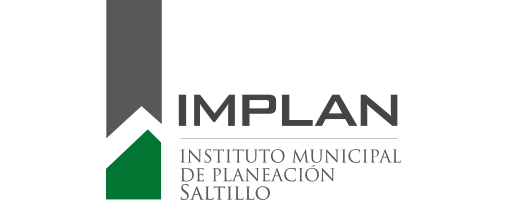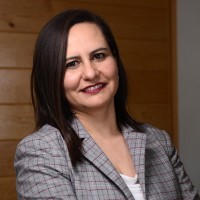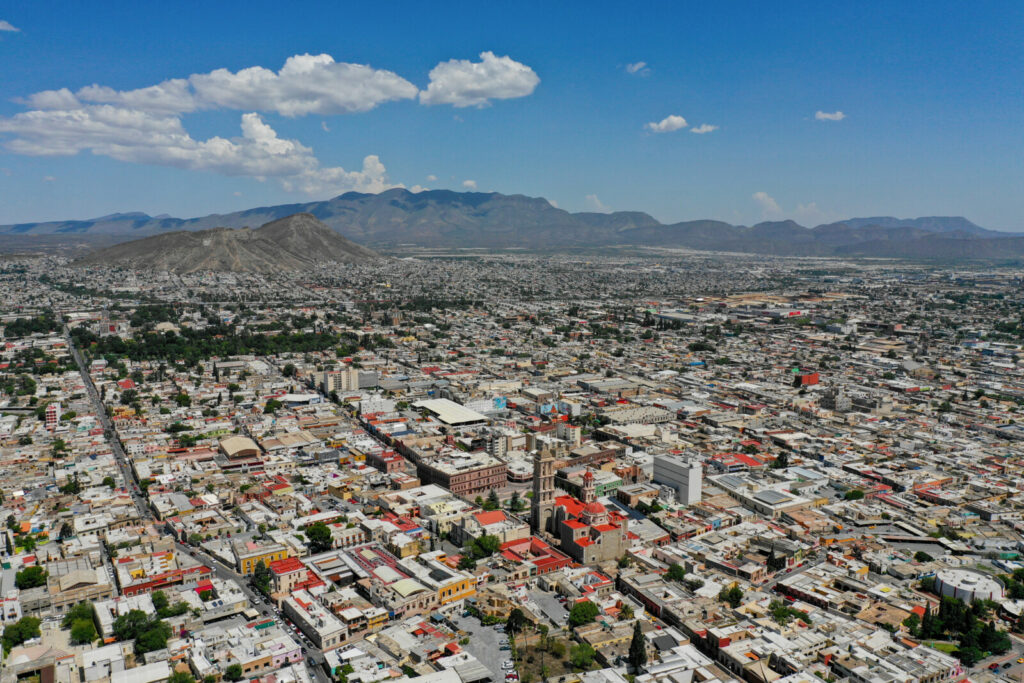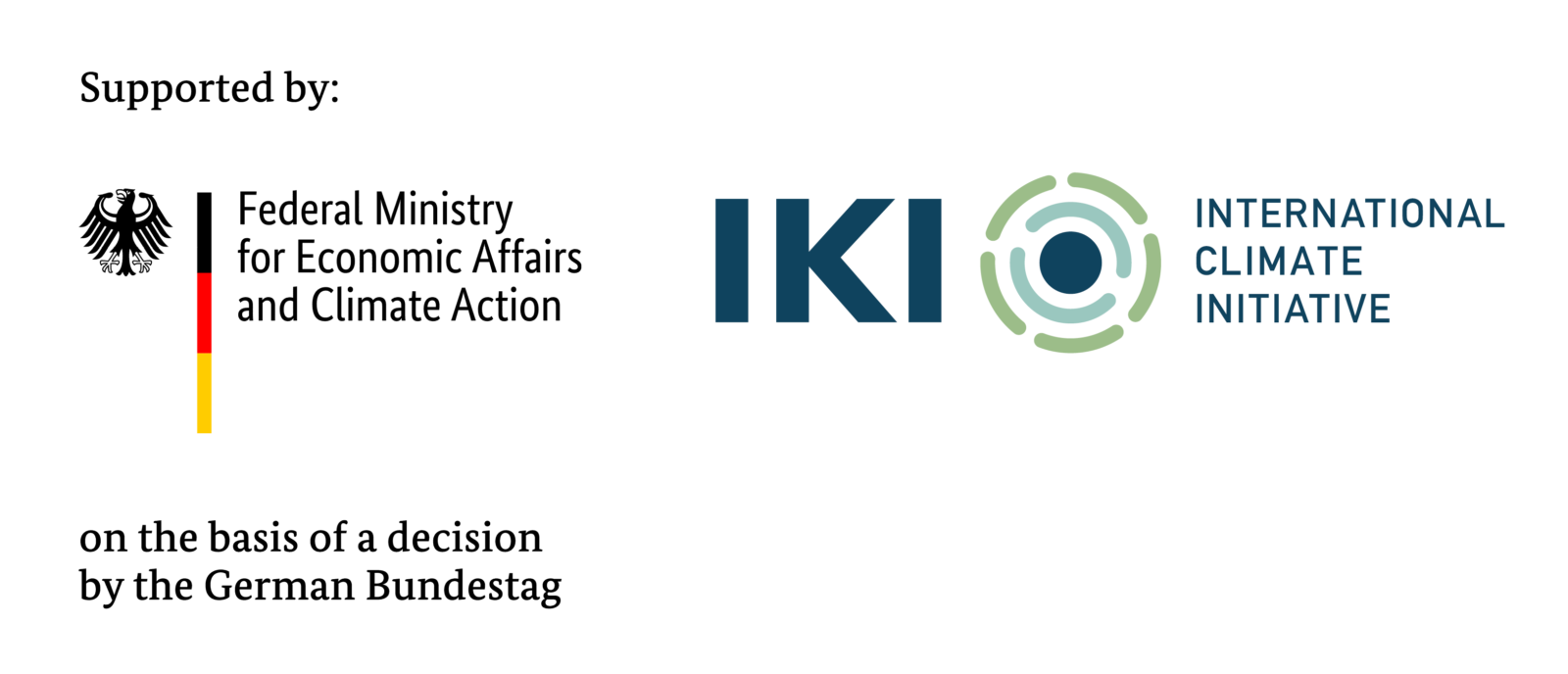Dr. Xanin García Posada, Plans, Projects and Programs Coordinator at IMPLAN
Although, especially among young researchers, the “Gender Gap” in science has narrowed in recent years, men are still more present in international research. At MGI, we are proud to be working with many female experts. As a global scientific enterprise, the combination of various perspectives and experiences is vital for us and therefore we asked the women working within the project to share their thoughts and experiences.


Q.: Please tell us about your work. Which activities are you currently occupied with?
A.: At the Municipal Planning Institute, we conduct analyses and studies to guide public policy decision-making. Coordination with the different sectors of society is fundamental to achieve the sustainable development of the city. Currently, the challenge is the economic reactivation. Therefore, we are conducting a study to find the best strategies that will allow us to recover the economic activity. Also, another exercise we are carrying out is the generation of information to measure Saltillo’s contribution to the Sustainable Development Goals; and to ensure inclusion incorporating the gender perspective is fundamental.
For more than 20 years I have been teaching, for me it is essential to share my experience and train new professionals. I currently teach subjects in two universities: Workshop of Public Policies, Economics and Gender and Economic History of Mexico. My courses are spaces for reflection where more than memorizing content, the objective is to provide analytical tools. I am convinced that research is the best way to understand our reality and must be complemented with strategies to improve our environment. For this reason, I currently collaborate, through an organization called CECAPRO, with several academic institutions and civil society organizations in Mexico, through training and guidance to design their initiatives aligned with the Sustainable Development Goals and connect them with possible sources of funding.

Economic science studies how society allocates scarce resources to produce goods and services that satisfy its needs. It is a broad field of study that includes macroeconomic analysis, microeconomic analysis, financial statement analysis, as well as methods of analysis and tools such as econometrics, statistics, computational economics models, financial economics, financial mathematics and mathematical economics. In this field, we use observation, data analysis, follow trends and draw conclusions.
My line of research is local competitiveness. Clusters of industrial groupings are observed where participants compete but also cooperate. Various factors are considered, including the cooperation between companies, government, civil society and academia to improve competitiveness or prosperity of regions. These synergies promote innovation, thus productivity. This can be reflected in jobs and better wages.
Through an econometric analysis, I found evidence that value chains make industrial clusters more efficient. In other words, the greater the participation of local suppliers in large companies, the better the performance of these industrial clusters. This makes these regions attractive to investment and generates virtuous circles: more concentration leads to a higher number of economic activities (agglomeration economies). This leads to more jobs, which attract qualified personnel, greater specialization and a number of benefits that lead the regions to prosperity.
Regional economics is my passion. Economic processes happen in space. Traditions and local productive vocations respond to the advantages of the territories. Including the spatial variable in the economic analysis gives us another approach. Therefore, to perform the feasibility analysis of the academic offer of universities in Coahuila, I applied regional analysis techniques to identify academic programs that could generate skills and competencies to the population to increase their competitiveness by responding to local economic vocations and also exploring new opportunities.
Now at IMPLAN, applied research is an everyday task. An interesting combination: the rigor of the scientific method and the pace required by public policy for decision making, a place where science is highly valued. Nothing is set in stone. Methodologies and tools must be applied to find decisions that reduce costs and increase benefits for the population. The participation of experts and academics is always welcome. Our purpose is to contribute to the sustainable development of Saltillo.
Q.: What does it mean for you to work as a woman in science?
There are few women in the economic sciences. When I went to events as a speaker, I was frequently taken for the assistant of another researcher. It is normal, gender roles predominate. Sometimes it is impossible to balance family life and the professional sphere, and this is no exception in science. The National System of Researchers (SNI) from Conacyt has more than 27,000 members, of which only 36 percent are women. Although this represents an increase in female participation in the field of knowledge, there are still great inequalities and stereotypes by field of knowledge.
For example, men predominate in areas such as Engineering, Natural Sciences, Agronomy, Veterinary Science and ICTs, while women only stand out in areas such as Arts, Humanities, Social Sciences and Education. Affirmative action that promote the participation of women in science from an early age; incentives that allow more women to join research and fields of knowledge such as engineering, will reduce these gender gaps.

